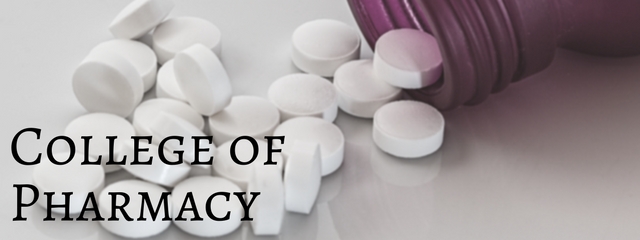
College of Pharmacy Faculty Research and Publications
Document Type
Article
Publication Title
Acta Scientific Pharmaceutical Sciences
Publication Date
2-2023
Volume
7
Issue
2
First Page
23
Last Page
36
Abstract
Purpose: Topical Microbicides have been used as vaginal microbicides in clinical trials as anti-HIV-1 products. The objectives of this project were to evaluate selected popular topical microbicide drug products for their acute toxicities to colorectal epithelial cells and primary immune cells such as Peripheral Blood Mononuclear Cells (PBMC) and Macrophages and to further determine if these microbicide products could induce genital tract inflammation via extra production of pro-inflammatory cytokines such as TNF-α, IL-1β, IL-6 and IL-8.
Methodology: Toxicities of Nonoxynol-9, KY jelly, CAP, PRO2000 (4%), PRO2000 (0.5%), UC781(1%), UC781(0.1%) and VenaGelTM microbicides were determined by cellular viability of colorectal adenocarcinoma cells (CaCo2 ), the model vaginal epithelial cell and the vaginal tract primary immune cells of peripheral blood mononuclear cells (PBMCs) and Macrophages by culturing them for 24-hours in the presence of serial dilutions of products or placebo. Products and placebo dilutions that gave culture viabilities of ≥60% compared to control cultures were considered as nontoxic
Results: The results indicated safety and low toxicity of these microbicides in terms of cytokine release. Furthermore, it showed that usage of these microbicides as anti-HIV formulation will not trigger cytokine release. However, IL-8 has shown relatively higher levels for all microbicides tested in toxic and nontoxic formulation. This indicated that microbicides induced the release of IL-8 and could trigger the recruitment of HIV-1 susceptible cells and increase HIV-1 replication.
Creative Commons Usage License
All Rights Reserved
Copyright held by
author
Recommended Citation
Siddig, A. A., Tchimou, O. M., Uddin, M. N., & Yeboah, K. (2023). Evaluation of Topical Microbicides for their Acute Toxicities and Ability to Induce Proinflammatory Cytokines TNF-a, IL-1b, IL-6 and IL-8 in Peripheral Blood Mononuclear Cells and Macrophages. Acta Scientific Pharmaceutical Sciences, 7 (2), 23-36. http://dx.doi.org/10.31080/ASPS.2023.07.0930

